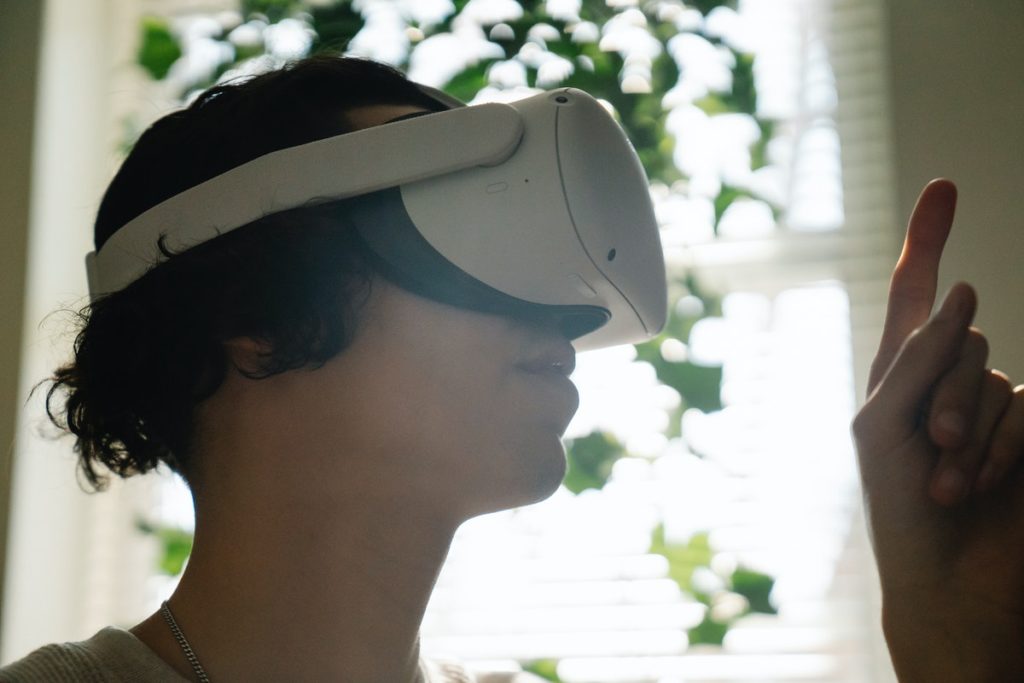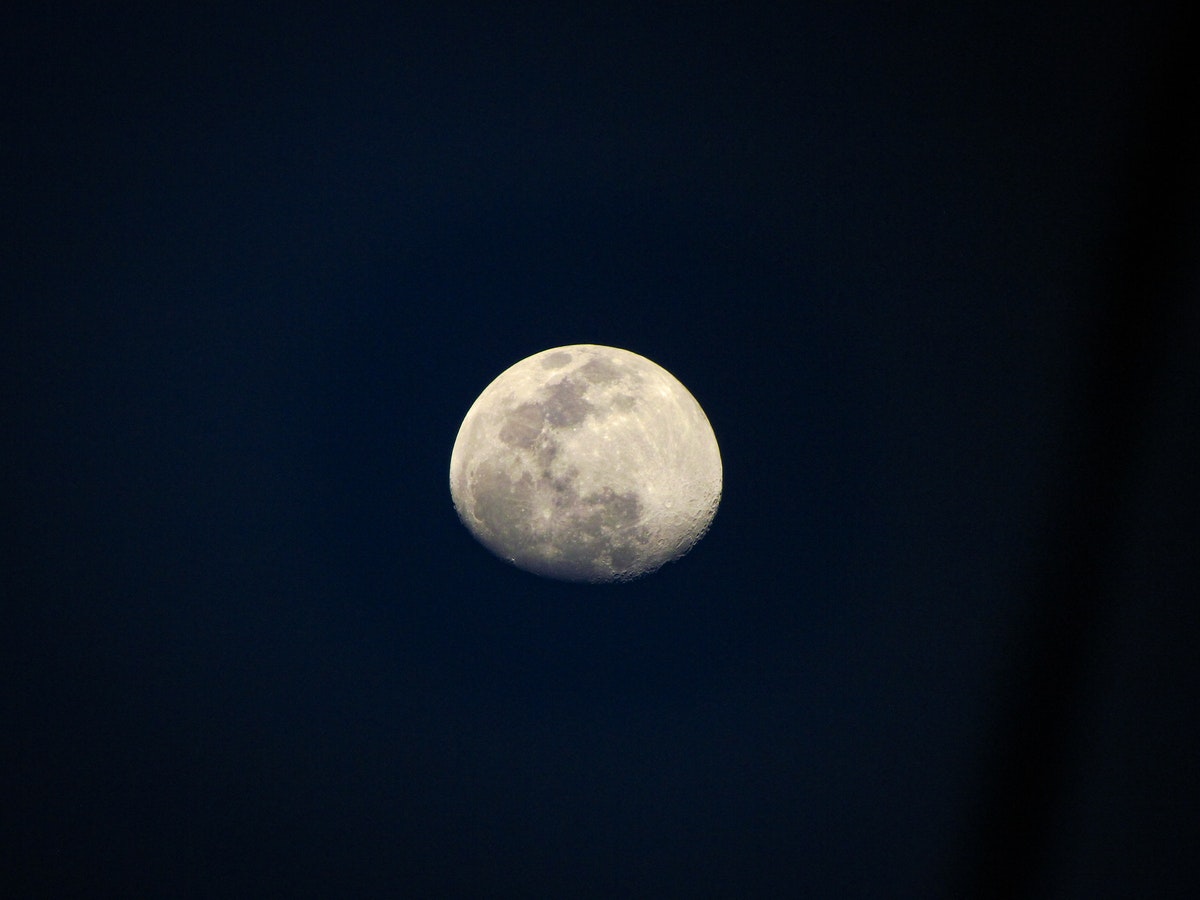On a night, you can see people, animals, and objects up to 1,000 yards away using high-quality night vision binoculars and scopes. Night vision monocular cameras allow you to picture and video objects that you couldn’t see with your naked eyes in the dark.
Night vision equipment is comparable to two technologies. Digital image enhancement is a new approach that uses a digital image sensor to catch available light and then digitally improves images in full color.
Have you ever heard of or seen a spy program or film? If that’s the case, you’re probably already aware that spies use dark-vision glasses. Night vision goggles are the name for these devices. Today’s Wonder of the Day delves even further into how they function! Do you have any reservations regarding the effectiveness of night vision goggles? They most assuredly do! They are quite effective. The greatest night vision goggles can allow users to see over 200 yards out on a cloudy, moonless night.
To begin, you must first get a basic understanding of light. You might be surprised to hear that not all light is visible. Yes, you’re correct. The type of light that people can see is known as visible light. The electromagnetic spectrum is only impacted in a modest way. Other shapes of light are invisible to the human eye. Infrared and ultraviolet light can reveal this.
What Do Night Vision Goggles Look Like and How Do They Work?
The ones you use will determine this. In night vision goggles, there are two sorts of technology. Image enhancement and infrared imaging are the two.
Another sort of night vision technology is thermal imaging. Have you ever heard of the phrase “thermal”? If that’s the case, you’re already aware that this method uses heat. Thermal radiation is a sort of heat that humans, like other hot objects, release. Binoculars use a thermal imager to collect infrared light. You can catch a peek at what’s going on in the dark this way. The quantity of heat generated by the items determines this.
When trying to identify people in the dark, thermal imaging may be quite useful. It’s also more effective in low-light situations. An image-enhancement approach is used in the majority of night vision goggles. Night vision technology has a variety of uses in the military and law enforcement. It might be used to find people in the dark, for example. It can also be used for navigation and surveillance. Night vision may be used for hunting and spotting animals after dark.
Have you ever seen a photograph taken in low-light conditions? If that’s the case, you’ve probably noticed that it’s glowing green. Night vision goggles feature screens that produce green pictures. This is the case because human eyes are better suited to looking at green pictures for long periods of time.

Many types of digital night vision equipment may be connected to other devices, such as still or video cameras, to allow for remote viewing in addition to direct viewing through the LCD screen. SD cards, USB drives, and other storage devices can be used to save digital night vision signals. Some digital night vision systems include Wi-Fi capability, enabling easy sharing and live-streaming of videos and photographs to cellphones, computers, and other devices.
Digital technology has revolutionized the night vision industry. Each CMOS sensor generation has produced better photographs at a lower cost. While early digital night vision systems generated images that were not nearly as detailed as traditional optical images, current devices now offer screens with incredible resolution. Rather than the conventional glowing green visuals, much high-end digital night vision equipment now shows color images.
Night Vision Technology
Night vision technology is used in a wide range of gadgets, many of which are designed to increase sight in low-light or nighttime environments. The most popular consumer use of night vision technology is night vision binoculars. A scope is a telescopic sighting device that allows you to see things that are far away. Scopes can be free-standing (handheld) or fitted to weapons like rifles. Night vision scopes can be monocular (one eyepiece) or binocular (two eyepieces) (two eyepieces for a stereoscopic image).
Night vision binoculars are very popular. Think of these goggles as a binocular scope mounted on a headband or helmet. You may use your hands for other tasks since goggles are worn rather than carried. They’re great for walking about at night or in low-light situations.
Finally, many still and video cameras feature digital night vision capabilities for shooting at night. Surveillance cameras with night vision are often used, especially around the lit perimeter of a structure.
